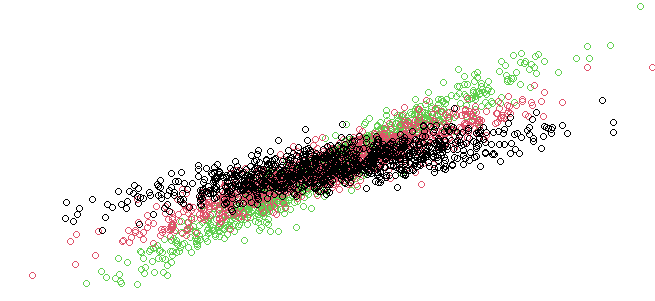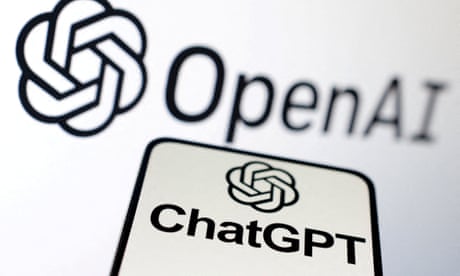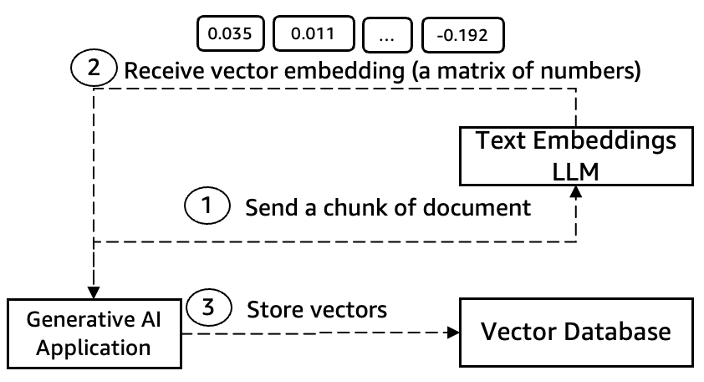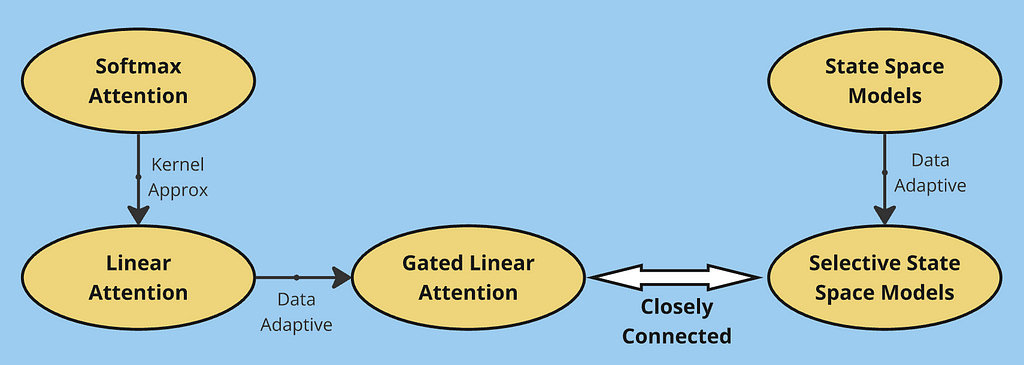Google's Paligemma VLM combines a vision encoder with a language model for tasks like object detection. Paligemma can process images at different resolutions and identify objects without fine-tuning, but Google recommends fine-tuning for domain-specific tasks.
Enhance insights with dbtsetsimilarity package to calculate Jaccard Index for cross-product adoption patterns in multi-product companies. Analyze overlap in user bases to identify synergies and growth opportunities within product portfolios.
Poornima Ramarao questions San Francisco police's investigative capabilities in the death of her son, Suchir Balaji, a former OpenAI researcher. Friends gather at a vigil in Milpitas, California, as Ramarao expresses numbness rather than grief over her son's death.
Large language models have transformed big corporations, with AI 'agents' set to take center stage in 2025. These quasi-intelligent systems leverage LLMs to understand high-level goals and devise actionable plans, resembling a digital assistant on steroids.
Elon Musk clashes with Trump supporters over AI adviser pick Sriram Krishnan, sparking immigration debate among Maga base. Musk and Vivek Ramaswamy oppose Laura Loomer and Matt Gaetz in bitter feud.
Linear regression can handle non-linear data using finite normal mixtures. This approach allows for flexibility and interpretability, making it a powerful machine learning tool. Simulating a mixture model for regression with MCMC sampling shows how to recover components using Bayesian inference.
Geoffrey Hinton warns of 10-20% chance AI could cause human extinction in 30 years due to rapid technological advancements. Nobel laureate expresses concern over the accelerated pace of change in artificial intelligence.
OpenAI plans to create a public benefit corporation to manage its growing business, aiming to ease restrictions imposed by its non-profit parent. The AI company, known for ChatGPT, is seeking more capital than expected, sparking rumors of a shift towards a for-profit model.
Generative AI could add $2.6-4.4 trillion in global value, with AWS seeing a surge in enterprise applications. Learn how to optimize generative AI costs on Amazon Bedrock with model selection and token usage strategies.
Deutsche Bank analysts highlight the potential impact of artificial intelligence on productivity in the next 25 years. US government debt has skyrocketed since 1999, with projections showing a debt-to-GDP ratio of 160% by 2050.
Understanding loss functions is crucial for training neural networks. Cross-entropy helps quantify differences in probability distributions, aiding in model selection.
Large Language Models use softmax attention, but it's computationally intensive. Linear attention offers a solution, reducing complexity to O(Nd²).
Small Language Models (SLMs) are gaining traction as a cost-effective alternative to large models. They offer improved accuracy, reduced costs, and greater control over data, making them a compelling option for businesses looking to optimize performance.
RLHF improves LLM training by incorporating human feedback to reduce bias and toxicity in model outputs. OpenAI's InstructGPT and ChatGPT show promising results with RLHF, enhancing truthfulness and reducing toxic output generation.
Guardian tests show OpenAI's ChatGPT search tool can return false/malicious results with hidden text, raising security concerns. Users warned of potential risks with new AI-powered search product.















